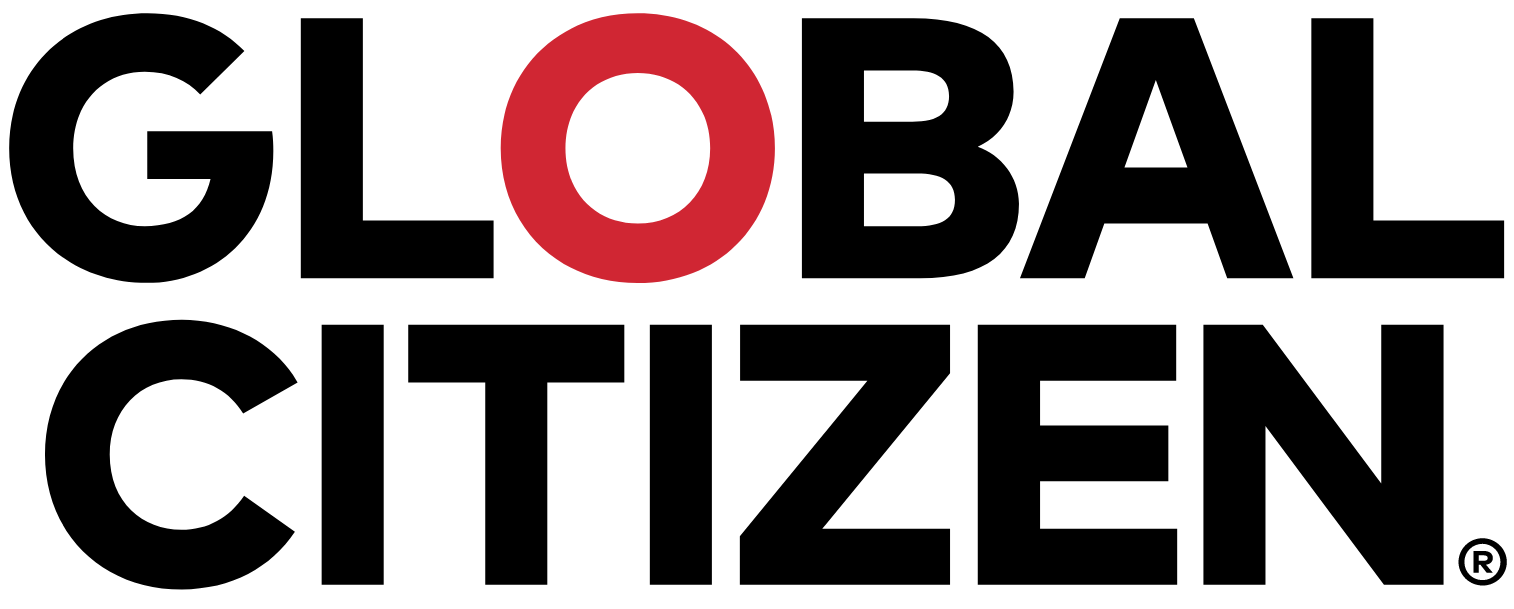African Countries Are Leading on Climate Action as Developed Countries Fall Behind: SDG Report 2020
Author: Joe McCarthy
Dozens of developing nations across the globe have achieved the targets for the United Nations' Sustainable Development Goal (SDG) 13: Climate Action — reducing greenhouse gas emissions and investing in climate resilience — while developed countries remain far behind, according to a recent report by the UN.
The Sustainable Development Report 2020 notes that 43 countries in Africa have achieved the targets for SDG 13, alongside more than a dozen other countries throughout Asia and Latin America. Moldova is the only country in Europe to have achieved SDG 13.
A color-coded map in the report shows where countries stand in terms of general progress on the goal based on several academic papers from the past few years, including from the Potsdam Institute for Climate Impact Research. Countries that have achieved the five targets of SDG 13 are in green, while those farthest behind are in red.
Of the top 10 greenhouse gas emitters in the world, which account for nearly 70% of global emissions, only India is in green. China, the largest emitter in the world, has improved on climate action in recent years, but faces challenges that currently make achieving the goal by 2030 unlikely, including an overreliance on coal, a relentless construction industry, and growing energy demands.
The US, the second largest emitter, has regressed on goal 13 in recent years and is nowhere near achieving the targets. In recent years, the Trump administration has withdrawn from the Paris agreement, scrapped plans to improve the gas mileage of cars, unraveled a plan to increase the efficiency of power plants, and has made it easier for companies to drill for fossil fuels.
Countries such as Ethiopia, the Democratic Republic of Congo, Mali, Vietnam, and Pakistan have all reached the targets of goal 13. In the case of Ethiopia, the government is working to reduce agricultural emissions, promote forest growth, invest in renewable energy, and implement energy efficiency throughout industries.
What this means in terms of achieving the Paris climate agreement, which aims to keep temperatures from rising more than 1.5 degrees Celsius above pre-industrial levels, isn’t discussed in the report. The SDGs do not include concrete emissions reductions or temperature increase targets.
As a result, critics have argued that the SDGs fail to meaningfully address climate change and that even if they’re achieved, the global environment will continue to deteriorate and emissions will remain at catastrophic levels.
The Climate Action Tracker, which assesses how the emissions reductions of countries relate to a warming climate, found that only Morocco has developed a plan compatible with the Paris climate agreement. Only two countries — India and Ethiopia — have plans compatible with staying under a 2 degrees Celsius rise.
Because leading polluters have failed to take climate change seriously, the world is far from achieving SDG 13 by 2030, and will likely blow past the Paris climate agreement goal of keeping temperatures from rising more than 1.5 degrees Celsius above pre-industrial levels. Unless dramatic interventions are made, then the world could pass the 1.5 degree Celsius mark in the next four years and temperatures could rise by as much as 5 degrees Celsius by the end of the century, which would usher in apocalyptic consequences.
The COVID-19 pandemic has caused a decline in global emissions, but analysts forecast that emissions will bounce back in the years ahead because emissions had been steadily rising in recent years, despite record levels of investment in renewable energy.
The fact that renewable energy is booming around the world, yet emissions continue to rise, shows how growth-oriented economies undermine climate action.
For emissions to decline at levels required by the Paris agreement, countries would have to overhaul their entire economies. In the aftermath of the pandemic, countries have the opportunity to embark on green economic recoveries that scale down carbon-intensive and environmentally harmful industries like fossil fuel production.
Projects such as the Great Green Wall in Africa — which seeks to regenerate landscapes across the Sahel and create community-based economic development — are a powerful model for the years ahead.
This year marks 10 years to go until the 2030 target to end extreme poverty and achieve the targets set out under the SDGs. With the release of the Sustainable Development Report 2020, we’re taking a deep dive into the successes we’ve already made — and barriers that still exist — when it comes to achieving the SDGs and ending extreme poverty by 2030. You can find our Sustainable Development Report 2020 content series here.



